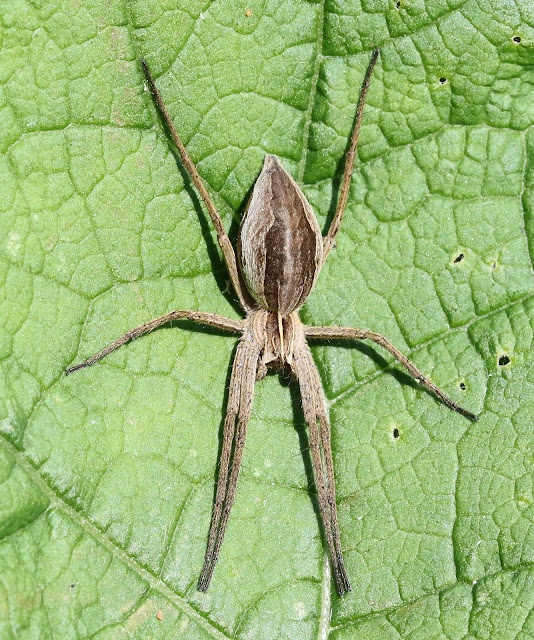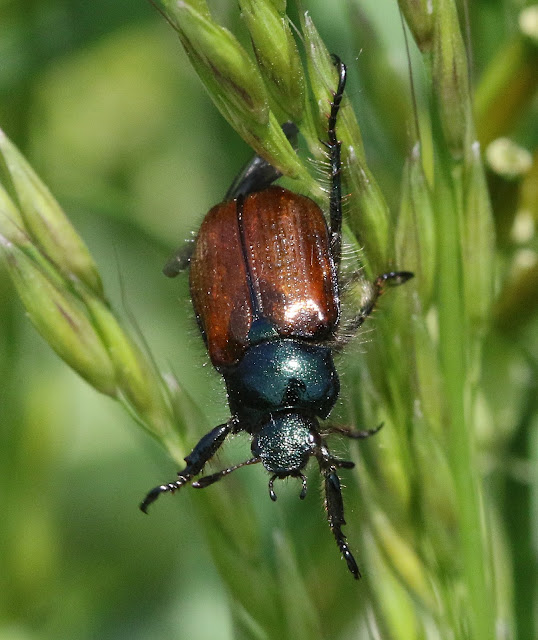At this time of year when birding goes a little quiet between the main migration periods and most birds are sitting around with their young, I dust of the macro lens and go in search of suitable specimens such as flora and insects. And for such an adventure, what better place than Lakenheath Fen.
I had hardly got more than a few metres along the trail when I came across this magnificent example of Comfrey. And better still, unlike birds, it didn't fly away or go and sit deep in shade inside a bush. I think all birds should be sent on this training course. Just a little further on a freshly flowered Hedgerow Cransesbill was in full colour.
Now on to the insects. After the recent cold snap dragonflies and damselflies were not too numerous, although Azure Damselflies were well represented. Unfortunately, the expected Variable Damselfly was nowhere to be seen. The only other damselfly that was present in reasonable numbers was the Large Red Damselfly
Hoverflies are more difficult to photograph and even more difficult to identify, as you need to photograph them from different angles to make sure that you capture the key features. I didn't have the time for this and so for a couple of shots my identification is limited to family rather than species level (see sub-title under each photograph)
 |
| Cheilosia species |
 |
| Helophilus species |
 |
| Myathropa florea |
 |
| Xanthogramma pedissequum |
Spiders were also well represented, although in two very different forms. The first is an adult Nursery Spider which unlike other spiders does not spin a web to catch food but hunts instead. The second photo is a nest of young Garden Spiders which at this stage are bright yellow with distinctive black markings.
The next genus I came across was moths starting with an adult Yellow-barred Longhorn Moth. Judging by the length of the antennae I would suggest that this a female, as in the male the antennae are four times the length of the body. The only other moth that I saw was a Drinker caterpillar which are particularly common here.
There were loads of snails around but the only ones that I inspected more closely were all Brown-lipped Snails.
One insect that was particularly common was the Garden Chafer. The first photo shows it covered in pollen but the other three are probably a little more photogenic. The only other beetle on show was this female Thick-legged Flower Beetle, a female because she didn't have thick legs!
So that was the end of the macro day, but then I had to put the long lens on to get some more Great Spotted Woodpecker photos. Rather surprisingly the nest from the last visit was still active and I was able to get some shots of the male and female bringing food for the young.
However, further down the track was another nest where at least two young had fledged and were moving about but keeping close to the nest hole. They eventually plucked up courage to have a short fly around and ended playing tag. What a great way to end a fantastic day.

























No comments:
Post a Comment
Note: only a member of this blog may post a comment.